Poverty Alleviation
WHEAT research has targeted wheat-growing regions where 90% of people earn less than $2 a day. Against the backdrop of increasingly virulent biotic stresses, less water, more erratic rainfall and rising temperatures, longstanding wheat breeding research by CIMMYT, ICARDA, and their global network of partners has reduced poverty by raising farm profits and farmer income.
